
Hvis man forestiller sig, at polarforskeren Knud Rasmussen tog på en af sine ekspeditioner til Grønland udstyret med et kort tilrettelagt efter Italo Calvinos labyrintiske litterære principper og at ekspeditionen var investeret med samme poetiske engagement som Bas Jan Ader lagde for dagen i sin skelsættende bådfærd over Atlanterhavet, så har man måske en fornemmelse af, hvordan den britiske kunstner Simon Starling agerer. Hans værker beretter om forbindelser mellem steder og objekter, mellem kulturer og historiske begivenheder. Det er sjældent en ligefrem fortælling, men en rebus, som forløber mellem punkter og ad omveje, og som i det rette lys afdækker et netværk af sammenhænge.
Forflyttelsen af diverse objekter eller materialer (lige fra kaktusser til solenergi) spiller ofte hovedrollen i Starlings fortællinger og det er afgørende for hans praksis at disse handlinger udføres af ham selv. Det er eksempelvis Starling selv som i sin røde Volvo stationcar transporterer en Rhodondendron (Rescue Rhodondendron, 2000) fra Skotland til Spanien for at levere planten tilbage til det sted i det sydlige Spanien, hvorfra den oprindeligt blev importeret i det 18. Århundrede – og derigennem at sætte spørgsmålstegn ved forestillinger om historieskrivning, originalitet og oprindelse.
På Starlings første solopræsentation i København – hvor han har boet siden 2006 – får spørgsmålet om historieskrivning og udforskningen af avancerede fortællestrukturer et ekstra lag idet det nye værk, dukketeaterforestillingen The Expedition, i sig selv er en metafortælling, som tager udgangspunkt i fire af kunstnerens tidligere ekspeditioner, som alle er udført i en båd – en slags mini-retrospektiv, hvor kunstneren selv optræder i skikkelse af en marionetdukke.
Starling er født 1967 i Epsom, Storbritannien. Han er professor på Staatliche Hochscule für Bildende Künste, Städelschule i Frankfurt.
Simon Starling har svaret på Kunstkritikks 10 spørgsmål per email. Vi har valgt at publicere svarene på originalsproget.
How are the preparations going?
At this stage it’s hard to say! The show consists of only two works but they’re both quite complex and involve a lot of different elements coming together. I’m working with the theatre world for the first time and that’s exciting but very different. It will be alright on the night, as they say!
What is the exhibition about. What are we going to see?
The exhibition as a whole is concerned with restaging sculpture and with the way artworks are mediated and historicised. The first work in the exhibition, Project for a Masquerade (Hiroshima) was made for the Hiroshima City Museum of Contemporary Art and takes the form of a set of nine masks and a film. The work, which is ultimately a proposition for a piece of theatre, collapses the story of a 16th century Japanese Noh play, Eboshi-ori, onto the story surrounding the creation of «Nuclear Energy», a monument to the beginnings of the atom bomb project, the so called Manhatten project, by the British sculptor Henry Moore. Each of the masks is a kind of hybrid object that fuses traditional Japanese forms with Western portraiture and caricature – each mask representing a historical or fictional character connected to the Cold War saga surrounding Moore’s sculpture. The film was shot in the mask maker’s studio in Osaka and charts the evolution of the masks from blocks of wood to fully formed characters and combines this visual narrative with the narratives of the Noh play and the sculpture.
The second project, The Expedition, which is being produced specifically for the Charlottenborg exhibition, takes four earlier boat-related works and re-presents them in the form of a single 25 minute piece of puppet theatre. It serves in some sense as a mini-retrospective within the larger exhibition. We’ve built replica of a local outdoor puppet theatre inside Charlottenborg to stage this rather calamitous adventure.
You are collaborating with the Marionet Teatret, the traditional Copenhagen puppet theatre from Kongens Have. How does it feel to embark on a new field such as the theatre, puppet theatre even?
I came to the idea in part by taking my children to see the regular summer performances at the Marionet Teatret and for a while I’ve harboured the desire to collaborate with some of the people involved there. For example I’m working with Paul-Arne Kring the extraordinary designer and puppet maker from Kongens Have. It’s a very new world to me and I’m learning a lot. While what you see on stage is often extremely simple, what happens behind the scenes in the very cramped confines of the theatre is a carefully choreographed, complex, ballet of bodies, props and puppets. At the same time, like the space of Noh theatre, the space of the puppet theatre allows for great freedom – for great imaginative leaps, time travel, teleportation and the like.
This is your first solo exhibition in Denmark, although you have lived in Copenhagen for several years. How do you perceive the artistic environment here?
I’ve found it a very productive situation in many ways, although in some sense The Expedition is the first major work I’ve produced in Denmark and it’s been an eye opener. Denmark is an extremely expensive place to work – sometimes I’m amazed that the economy can function in the wider world. This must have an impact, particularly on the development of younger artist’s work. So on the one hand it’s really tough to make ambitious large scale work here but on the other hand there’s a small, supportive community and that suits me very well.
How would you describe your working method?
Unmethodical.
The making of books, from conceptualization to the manufacturing, seems to be a vital element in your artistic production. Why? What role do these books take up?
Books have always been important in my work and are often an essential component or even a primary product of a work. I have even used exhibitions as ways of editing or formulating books. In certain instances books have even become sculptural elements in their own right. The importance of books has a lot to do with the often rather expansive frame of reference that constitutes the parameters of a work – books often serve as kind of maps to these web-like frameworks. Perhaps in recent years the films that I’ve made have had an equivalent role – the film that is part of Project for a Masquerade (Hiroshima) at Charlottenborg is doing many of the things that the books have done in the past.
When and why did you become an artist?
Perhaps it could be traced back to my first experiments in a home-built photographic darkroom at the tender age of 10 or 11. The experience of watching a photographic image appear in the developing tray was electric.
How do you see your role as an artist today?
It’s a role that’s become more and more multi-faceted. Under the umbrella of an artist I’m writing, teaching, curating, collaborating, filmmaking, lecturing – its all part and parcel of the job now it seems.
Can you mention other current art projects or practices that inspire you?
I’m inspired a lot by my students. I have been teaching in Frankfurt for eight years now and have had a lot of extremely interesting young artist’s through my class – many of whom, like myself, are concerned with contemporary forms of storytelling. I’ve also recently been very inspired by working with Superflex on a number of collaborative projects – having good colleagues becomes more and more important I find.
What would you change in the world of art?
The crazy amount of travelling that goes on.
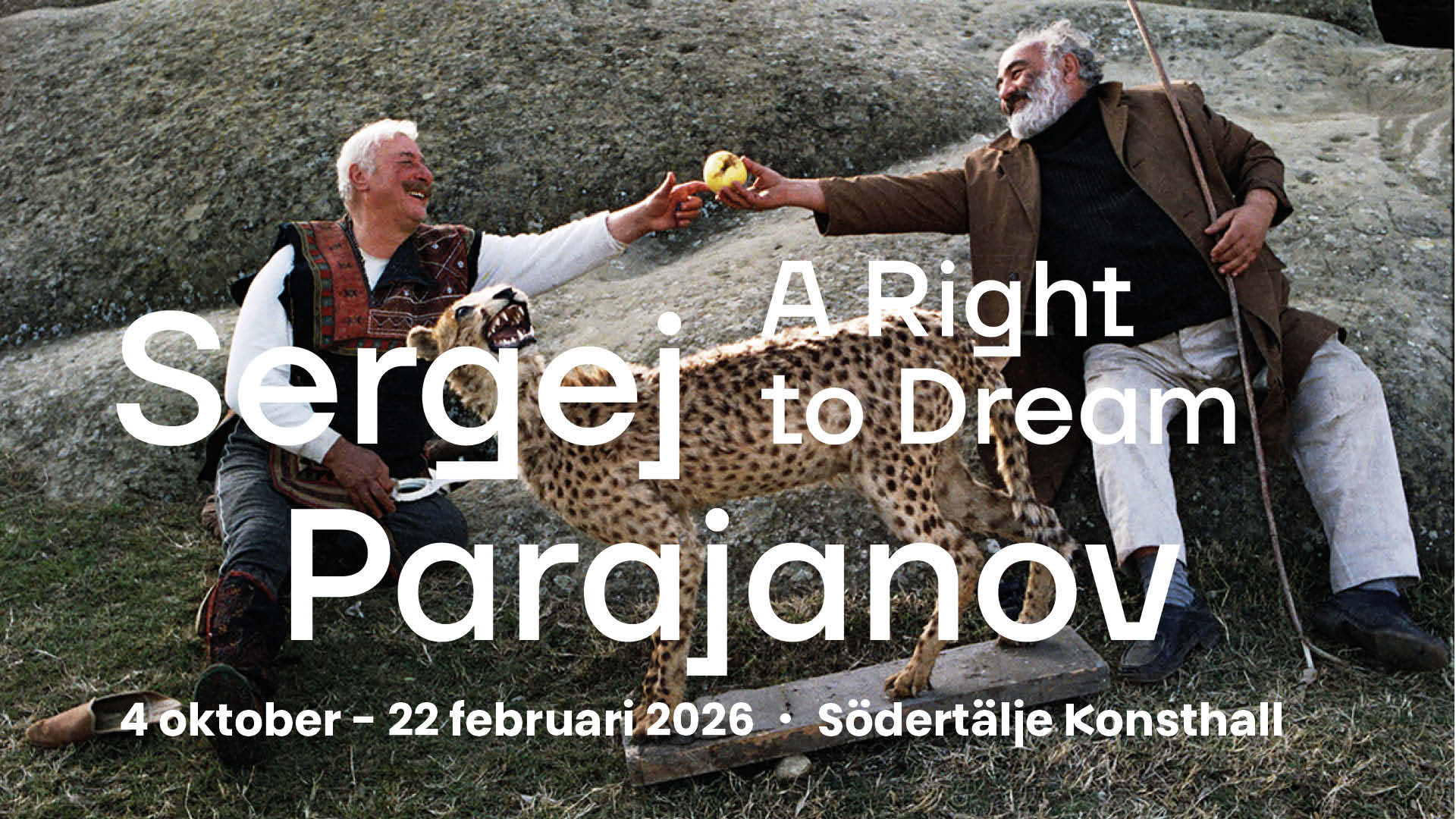
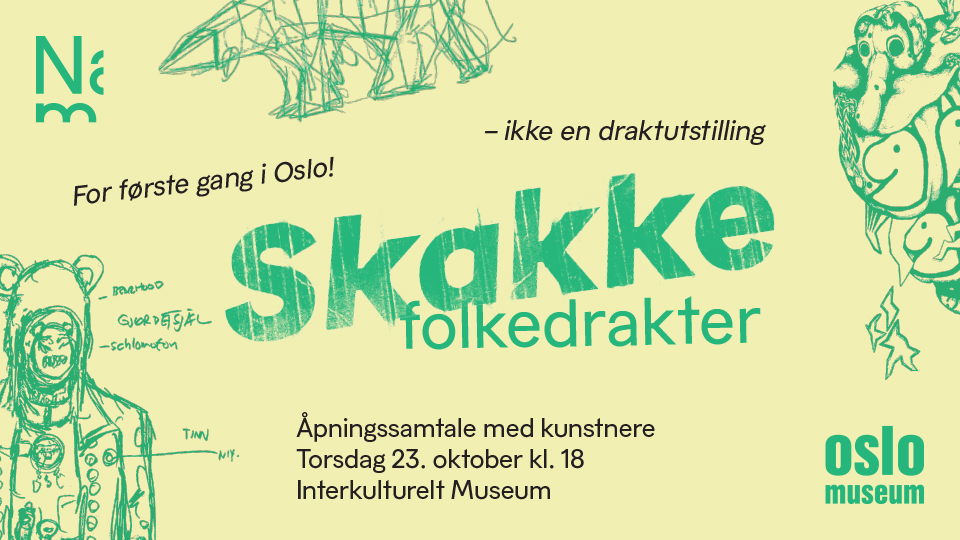
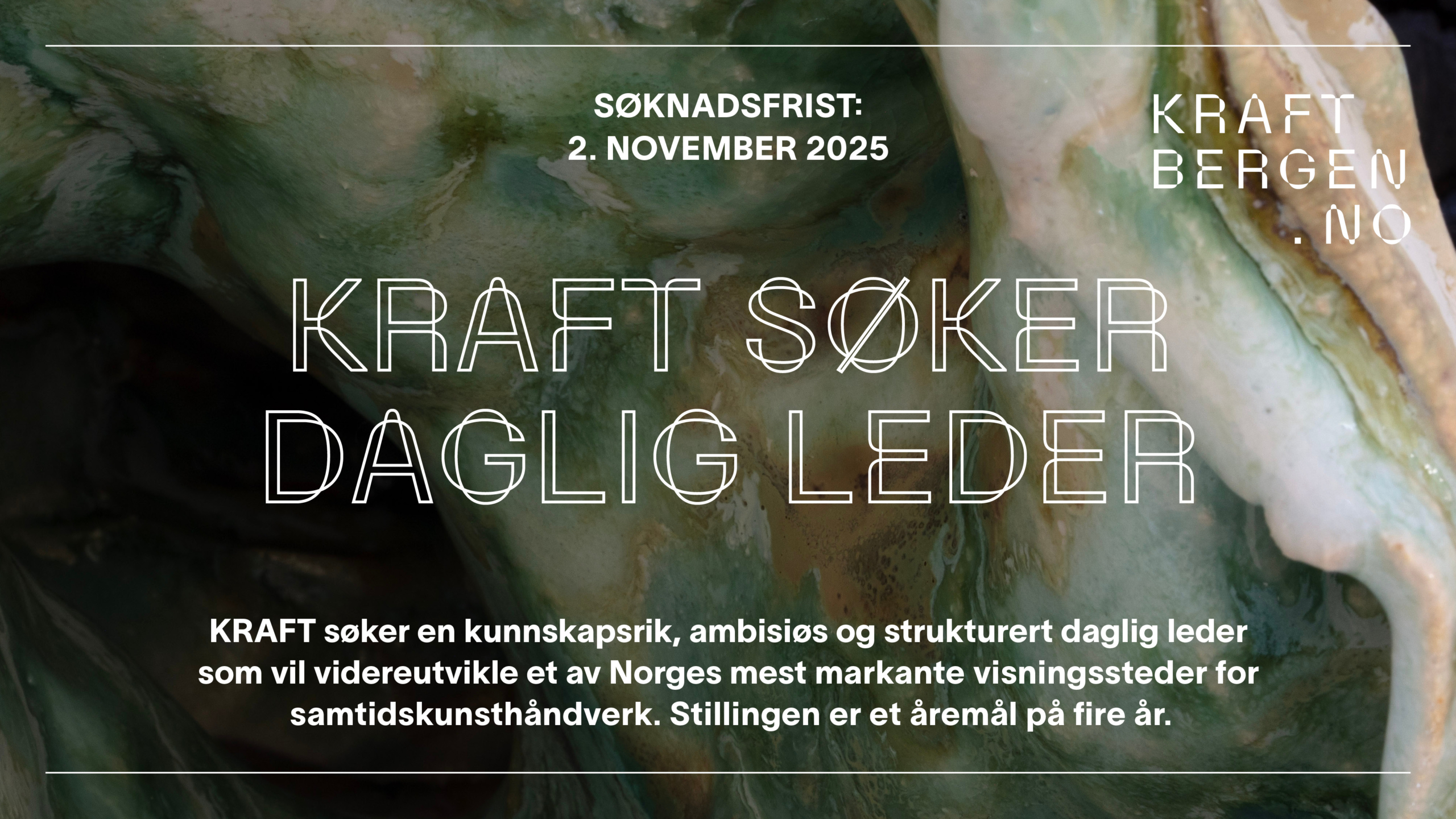
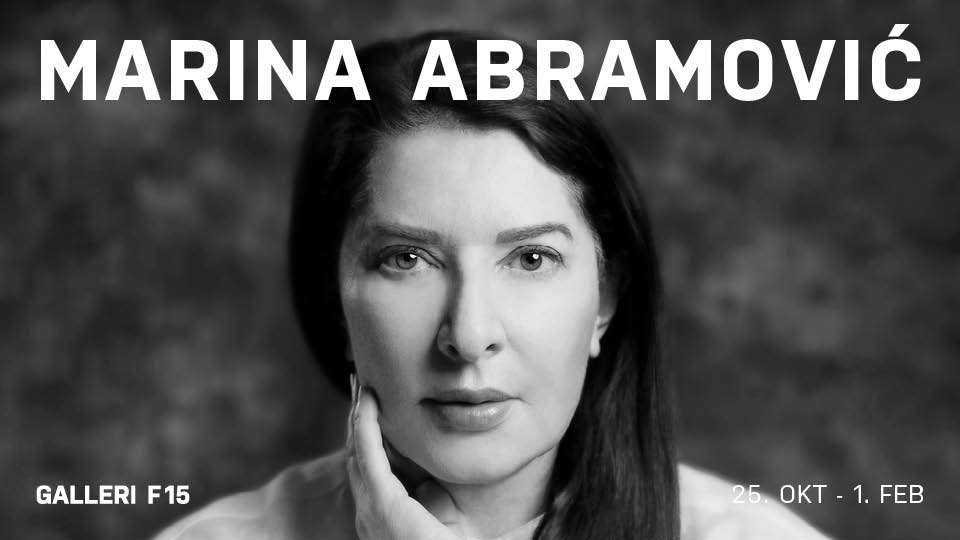
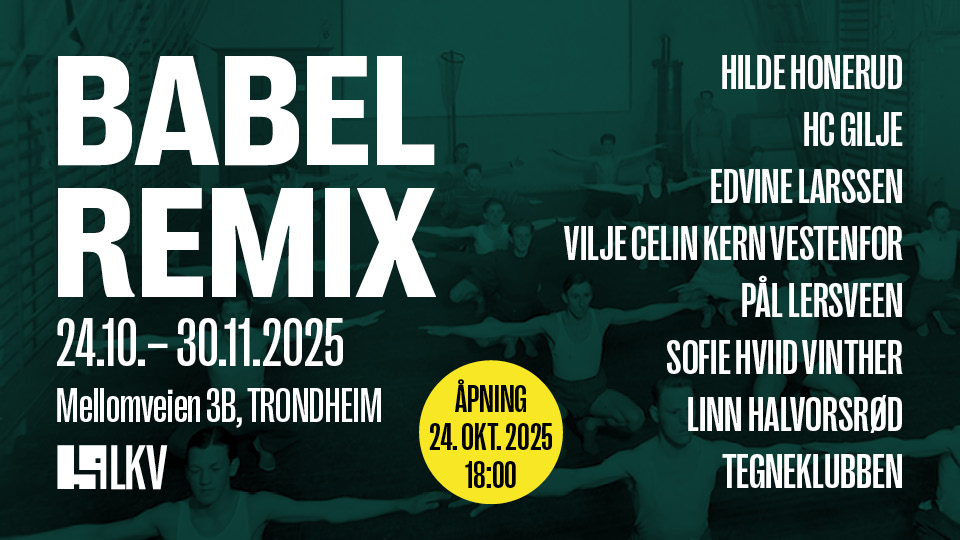
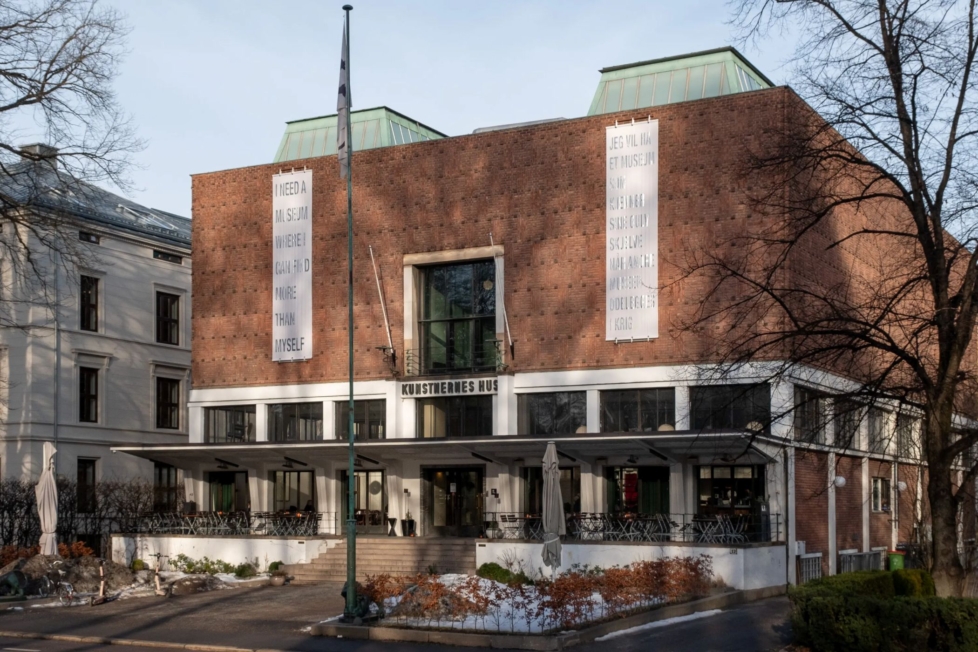
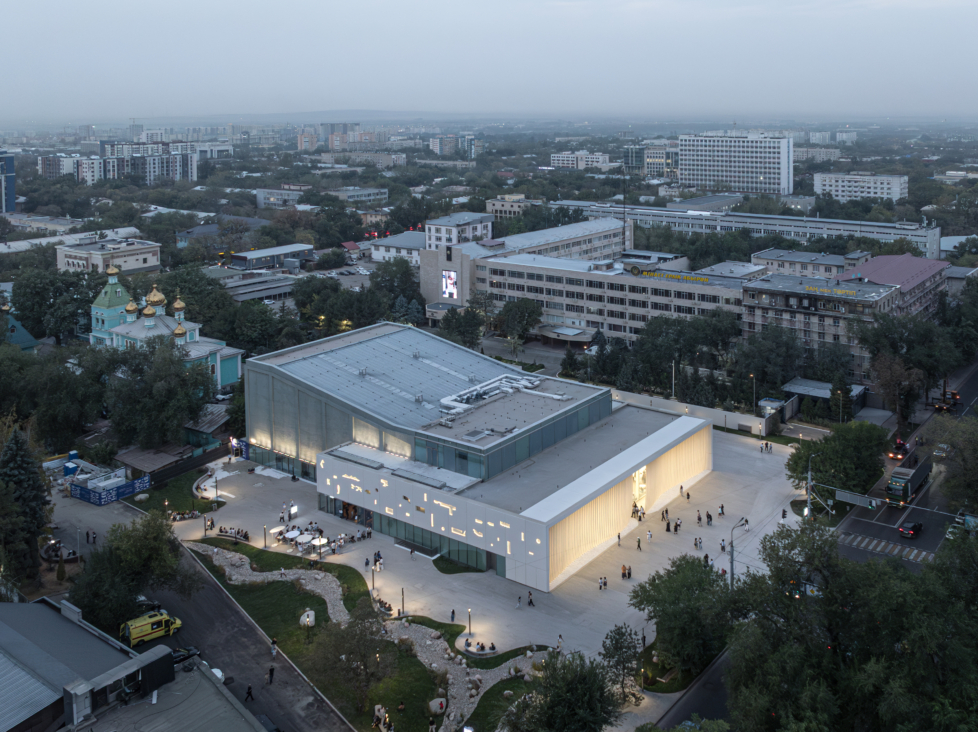
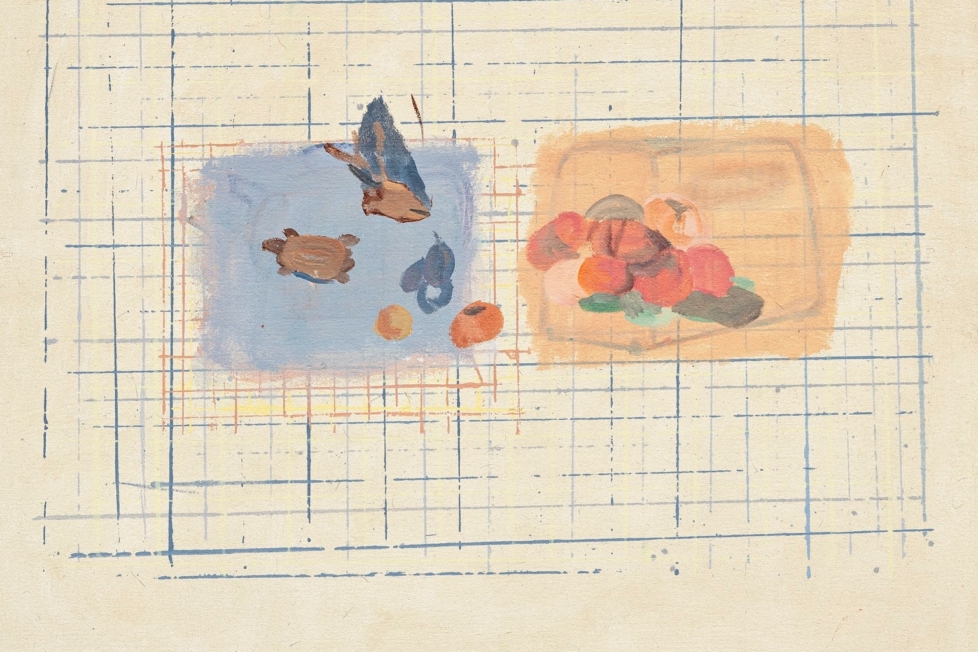
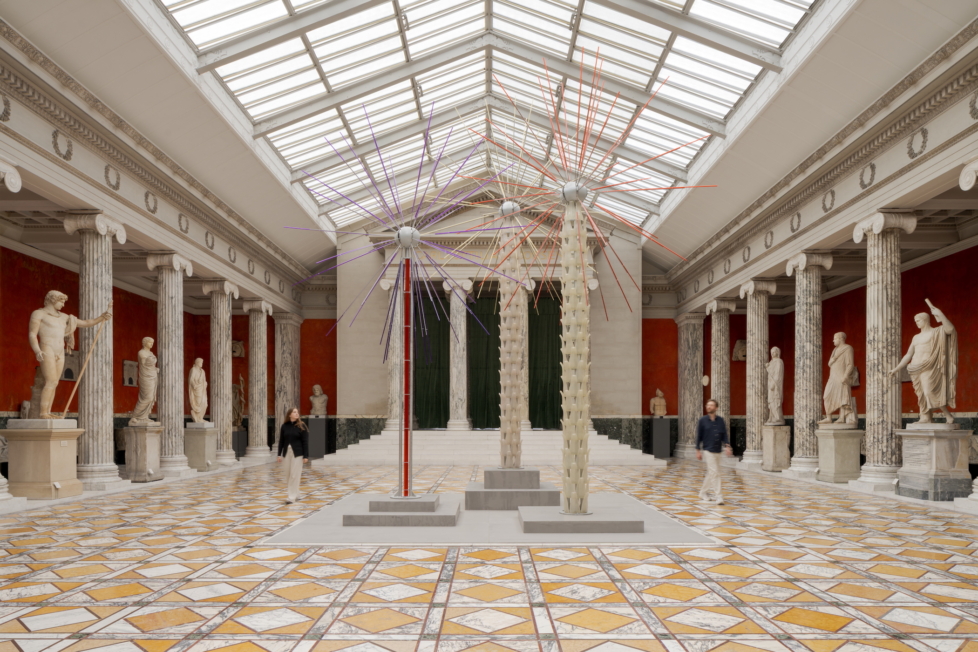
Leserinnlegg